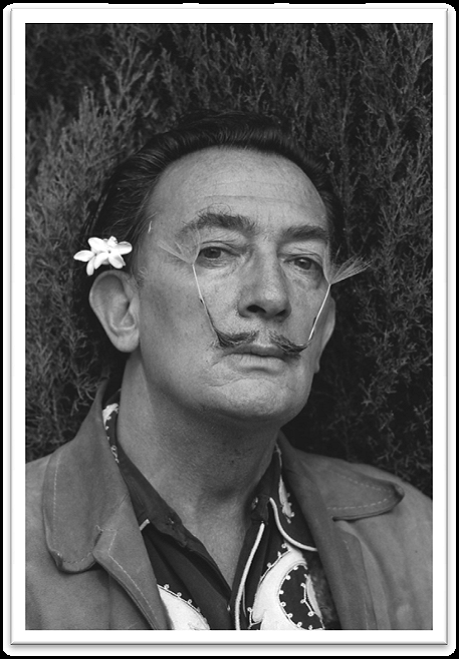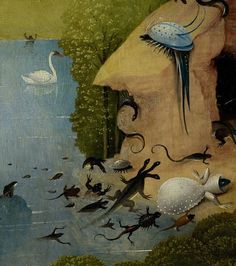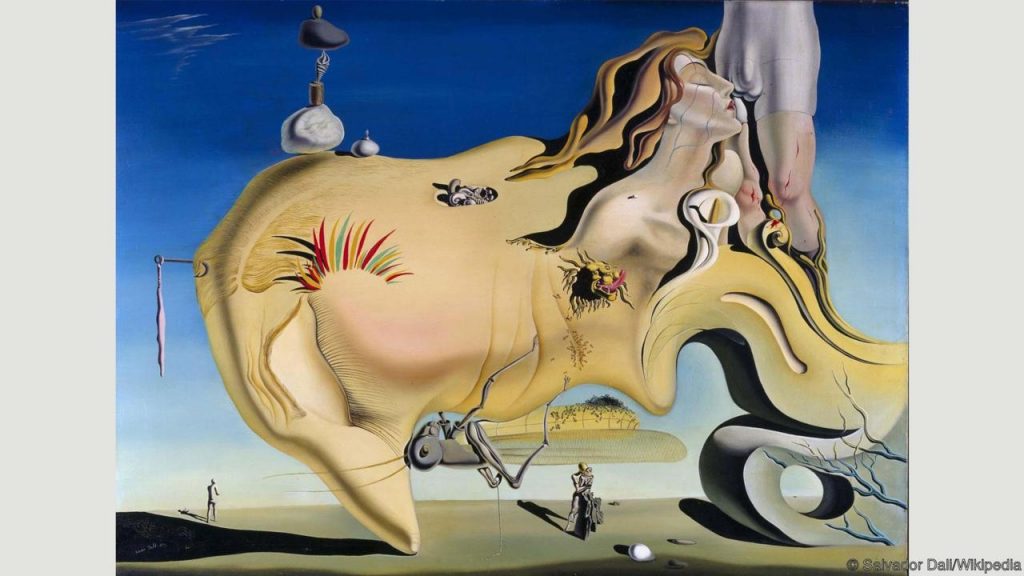Who is He? 
Salvador Dali was a Surrealist in the 20th century. Born in 1903 in Spain, and was trained in the arts in San Fernando, Madrid. Dali’s ecclectic style remains prolific in the art world, much of his work was inspired by his own childhood memories and dreams; he also drew from Renaissance art and religious symbolism in his later work. Dali was
“The fact that I myself, at the moment of painting, do not understand my own pictures, does not mean that these pictures have no meaning; on the contrary, their meaning is so profound, complex, coherent, and involuntary that it escapes the most simple analysis of logical intuition.”
The Importance of Surrealism

Salvador Dali, The Sublime Moment, 1938
Surrealism grew out of the Impressionist movement which emotionalized form. Surrealists explored psychoanalysis, expressing intimate thoughts, and dreams in attempt to unlock the imagination. From this movement grew Abstract Expressionism, which sought new ways of self-expression and personal experience through color, gesture, and line.
Dali and Bosch
Surrealists believes that Bosch was the first ‘modern’ artist. Salvador Dali studied Bosch and was heavily influenced by his painting and technique. It has even been suggested that the unusual rock formation resembling a face in Dalí’s famous painting The Great Masturbator of 1929 was inspired by a similar shape visible in the landscape in the left panel of The Garden of Earthly Delights.





